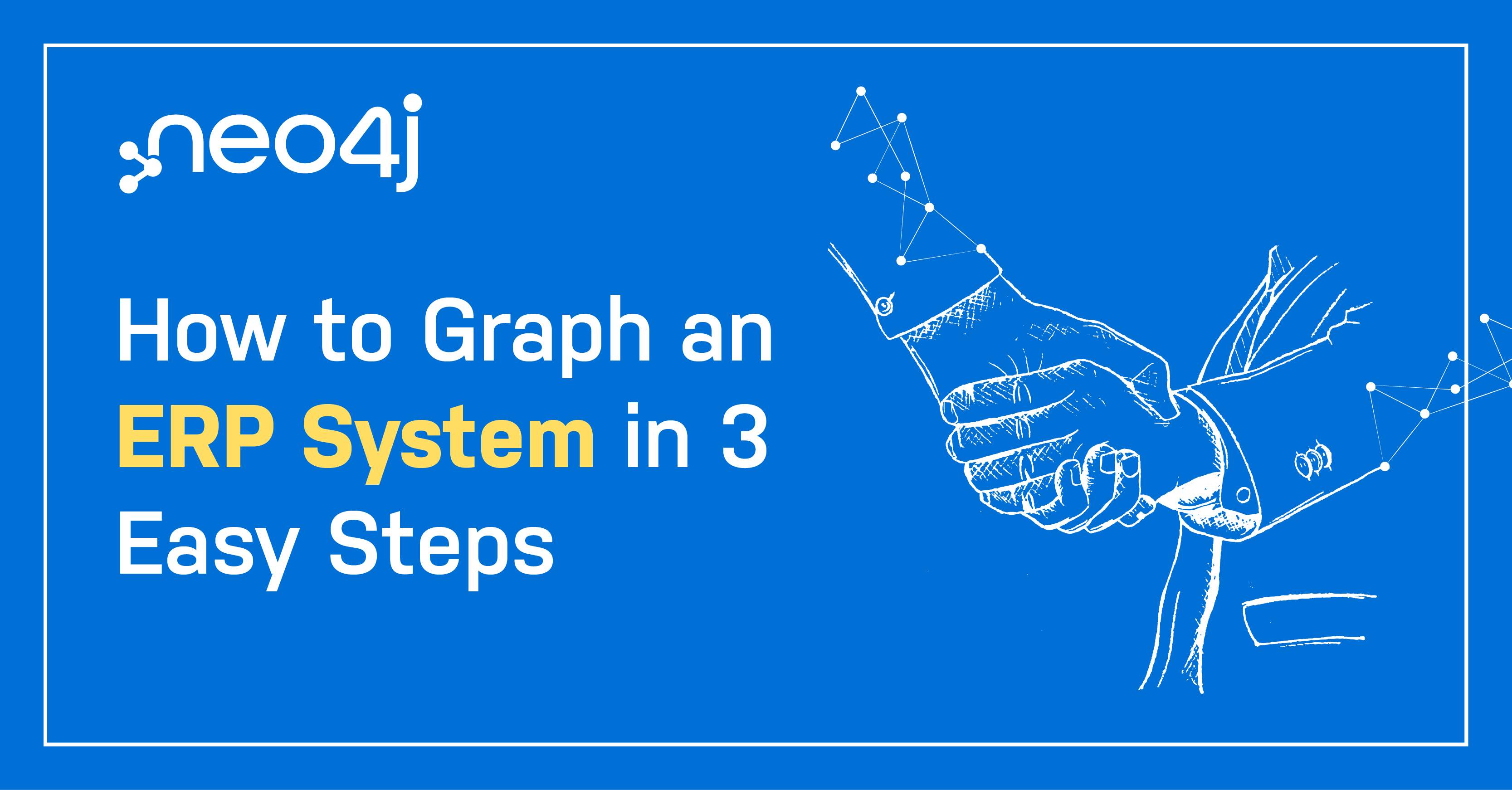Compliance at Scale: 5-Minute Interview with Lloyd Byrd

Editor-in-Chief, Neo4j
4 min read

“It was eye-popping to see the amount of good work people were doing with Neo4j,” said Lloyd Byrd, Vice President of Application Development and Technology Solutions at Convergys (recently acquired by Concentrix).
Complying with the EU’s General Data Protection Regulation (GDPR) is challenging, but even more so at scale. Convergys has more than 120,000 employees worldwide and handles customer service for half of the Fortune 500, with 19,000 employees in Europe across 15 countries and over 100 clients.
In this week’s five-minute interview (conducted at GraphConnect 2018 in NYC), we spoke with Lloyd Byrd, Vice President of Application Development and Technology Solutions at Convergys, about how fast he was able to get his solution working in production and the excitement he sees around graph technology.
Tell us about how you became interested in graph technology.
Lloyd Byrd: We started thinking about Neo4j about a year and a half ago, as we were thinking about how to solve for GDPR. We have about 19,000 employees in Europe across 15 countries and over 100 clients. And that’s a lot of data and a lot of information about those clients. We’re in the customer care outsourcing business so we have customer data and employee data that we have to worry about.
As we started looking at the complexities of all of our systems, with structured and unstructured data, data across client systems and so forth, we knew we had a challenge to figure out how to meet the GDPR deadline in May 2018.
Graph and Neo4j started to emerge in our thought process as a potential solution at that point. That’s how we got introduced to the concept of Neo4j. When we came to GraphConnect in 2017, we met a number of different people with solutions in and around what we were trying to solve for.
Out of those we selected Neo4j along with another company, CluedIn, which uses Neo4j technology. Together we were able to come up with a solution.
What made you choose Neo4j?
Byrd: As we were thinking about all the complexity of that data for GDPR in particular, we knew that our existing technologies could not really adapt well to all the interrelationships of that data. On top of that, we had interrelationships that we had not captured before either. It was a big problem for us to try to figure out how to solve. And that led us to graph and Neo4j.
When we started looking at graph, Neo4j immediately popped up as the best graph database. As a result we started looking at Neo4j specifically and people and solutions that were using graph technology.
What have been some of the most surprising results you’ve seen from Neo4j?
Byrd: As we started going down a solution path for GDPR and we came on board with Neo4j and we started doing pilots and working with CluedIn, a couple of really good surprises came out of that process, both of which relate to speed.
I was not anticipating we’d be able to stand up a pilot and get to an operational view of that pilot as quickly we were able to.
Also, we were ingesting a lot of data, and that process was faster than I expected as well. Two surprises: We knew it was going to be faster, but the actual speed at which we were able to get started with the project and the technology itself was better than expected.
If you could go back to when you first started using graphs, what would you change?
Byrd: Thinking about graph technology and Neo4j, when we first started looking at it, we were pretty much infants looking at that technology and trying to figure out how we could utilize it. Conceptually, we understood it and we thought, okay, this could be good for us.
What we didn’t know was how many people were really using it and the other companies that had built solutions on top of it as well. When we came to GraphConnect in 2017, that started to emerge. It was eye-popping in terms of the amount of good work people were doing. That’s where we met the people from CluedIn, for example, and started that partnership as well.
If I had to do it over again, I would try to figure out who’s doing what in the space. We might have saved ourselves some time.
What do you think is in store for the future of graphs?
Byrd: In our industry, we’re doing customer service for half of the Fortune 500. These are large companies with large numbers of customers and lots of customer data. Just the number of employees we have alone is huge. We’ve got our own systems we have to manage for our own people but then there’s also the opportunity around customer service as well.
Collectively, there are probably more use cases than what people would imagine where graph technology can enable better results. For us, we think it’s around operational results and being able to connect data to make better operational decisions. I can see it being used across our industry as well.
Want to share about your Neo4j project in a future 5-Minute Interview? Drop us a line at content@neo4j.com
Download this white paper, Why Graph Technology Is the Fastest (and Most Future-Proof) Solution to GDPR Compliance, and discover how to tap into the power of graphs.









